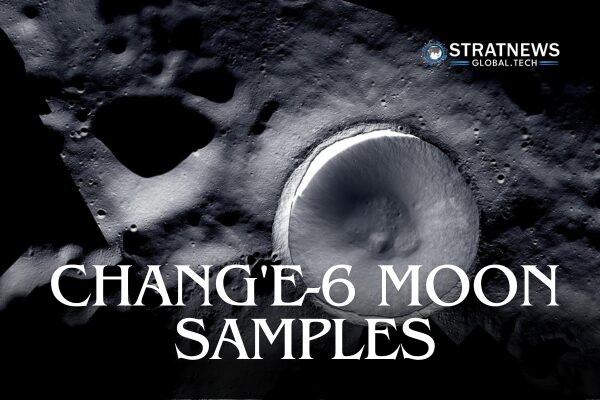Chang’e-6 Samples Reveal Chemically ‘Super-Reduced’ Lunar Mantle
Chinese scientists have found evidence of a “super-reduced” state in the Moon’s mantle after analysing samples collected from the lunar far side by the Chang’e-6 mission. The discovery, announced by the China National Space Administration’s Lunar Exploration and Space Engineering Centre, offers new insight into the Moon’s deep composition and its evolutionary history.
A Drier, More Chemically Reduced Mantle
Published in Nature Communications, the study shows that mantle material beneath the Chang’e-6 landing site is not only drier and more depleted than samples from the Moon’s near side, but also exists in a more chemically reduced state. This means elements are found in lower oxidation states.
“It either hasn’t undergone oxidation, or became more reduced later, possibly due to a major impact event,” explained Yang Wei, a researcher at the Chinese Academy of Sciences’ Institute of Geology and Geophysics. “The redox state of planetary bodies is a key indicator for understanding their internal processes and surface habitability.”
Differences Run Deep Between Lunar Sides
The Moon’s mantle, around 1,000 km thick, accounts for more than half of its volume and drives volcanic and magmatic activity. While scientists have long noted differences between the near side and far side from imaging data, the new analysis confirms these variations extend hundreds of kilometres into the mantle.
“Previously, we could only observe these differences through surface images,” said Yang. “Our current results prove they persist even deep into the interior.”
Historic Chang’e-6 Mission and Broader Impact
In 2024, Chang’e-6 returned 1,935.3 grams of far-side lunar material to Earth. The samples were collected from the South Pole–Aitken Basin, the Moon’s largest, deepest, and oldest impact basin. This location offered an unprecedented opportunity to study compositional asymmetry between the two hemispheres and investigate its origins.
Researchers say the findings not only deepen understanding of lunar formation and evolution but also provide valuable guidance for future resource exploration and utilisation on the Moon. The results could have broader implications for planetary science beyond Earth’s nearest neighbour.
with inputs from Reuters


